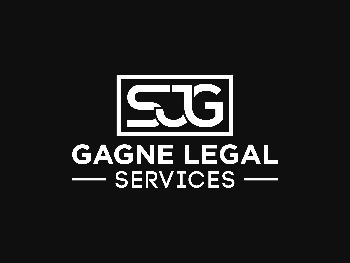[ad_1]
A Loss Adjuster is appointed by an insurance company to manage and investigate claims. Insurer’s will use them for a variety of reasons such as when the claim is of a large value, complex or suspicions of fraud or simply because they do not have the internal resources to deal with the claim at that time.
There are a number of questions a Loss Adjuster is likely to ask you when investigating your claim. This will vary depending on the nature of your claim, however, there are some standard questions that they will ask including:-
- Personal details of those living at the Insured property – This will normally include residents names, dates of births and occupations and is mainly to verify who lives at the property and is covered by the Insurance policy. Occupations will give an indication as to whether the claim being presented is consistent with the Policyholders lifestyle
- How long you have lived at the Insured address and confirmation as to whether you own or rent the building
- Details on the property – for buildings, this may include things such as age of property, number of bedrooms, type of heating system This builds up a picture of what is actually Insured by the Insurance company, whether there are any property features that cause a higher risk to Insurers and also enables it to be established if the cover / sums insured taken out are adequate and that you are paying a sufficient level of premium (if not, this underinsurance can lead to a financial penalty on your claim).
- Details of previous Insurers (this is normally asked if your current policy has been in existence for less than a year) together with confirmation of any previous claims submitted within the previous 5 years. This is to check if you have disclosed previous claims when taking out the current policy – normally if there are concerns or if your policy is less than a year old, checks will be made via a national claims database called CUE – if any claims are identified that you did not disclose, this can lead to Insurers refusing your claim and cancelling your policy)
- Whether you or any persons living at the property have any CCJ’s, bankruptcy orders etc. This can cause an issue with your claim / policy in the event that it was never disclosed to your insurers (people with these are considered to be a higher risk to ensure and the Insurer if they knew may have refused cover or charged a higher premium)
- Circumstances regarding what caused the loss / damage This is to enable a picture to be built up of what caused the claim so it can be determined if policy cover is in place and also to establish if there are any concerns or if any Third Parties involved who may be considered responsible for causing the loss or damage ie: a neighbour
- What you did immediately following the incident ie: called a plumber. This is to build up a picture of what happened and also to ensure that your actions where appropriate in the circumstances and that you acted reasonably in preventing further damage
- What information do you have in support of your claim ie: original receipts, repair estimates, photographs etc. This can be to prove you owned the items or the value of them and costs to repair or replace unless the Insurers use their own suppliers to do the latter
In the event that the circumstances are unusual or there are inconsistencies in the details being provided, it is likely that more intrusive questions will be asked and on occasions, the Adjuster may also take a statement and have this signed by you. If this occurs, it is best to be honest as any discrepancies can cause substantial issues if they are proven and not consistent with the statement.
If there is visible damage, the Adjuster will inspect this, take measurements of rooms, take photographs and they will also measure the size of the property to enable them to calculate if your sum insured on buildings is adequate and in respect of contents, discuss and / or view these to establish if this cover level is appropriate.
[ad_2]
Source by Kerry Archer
